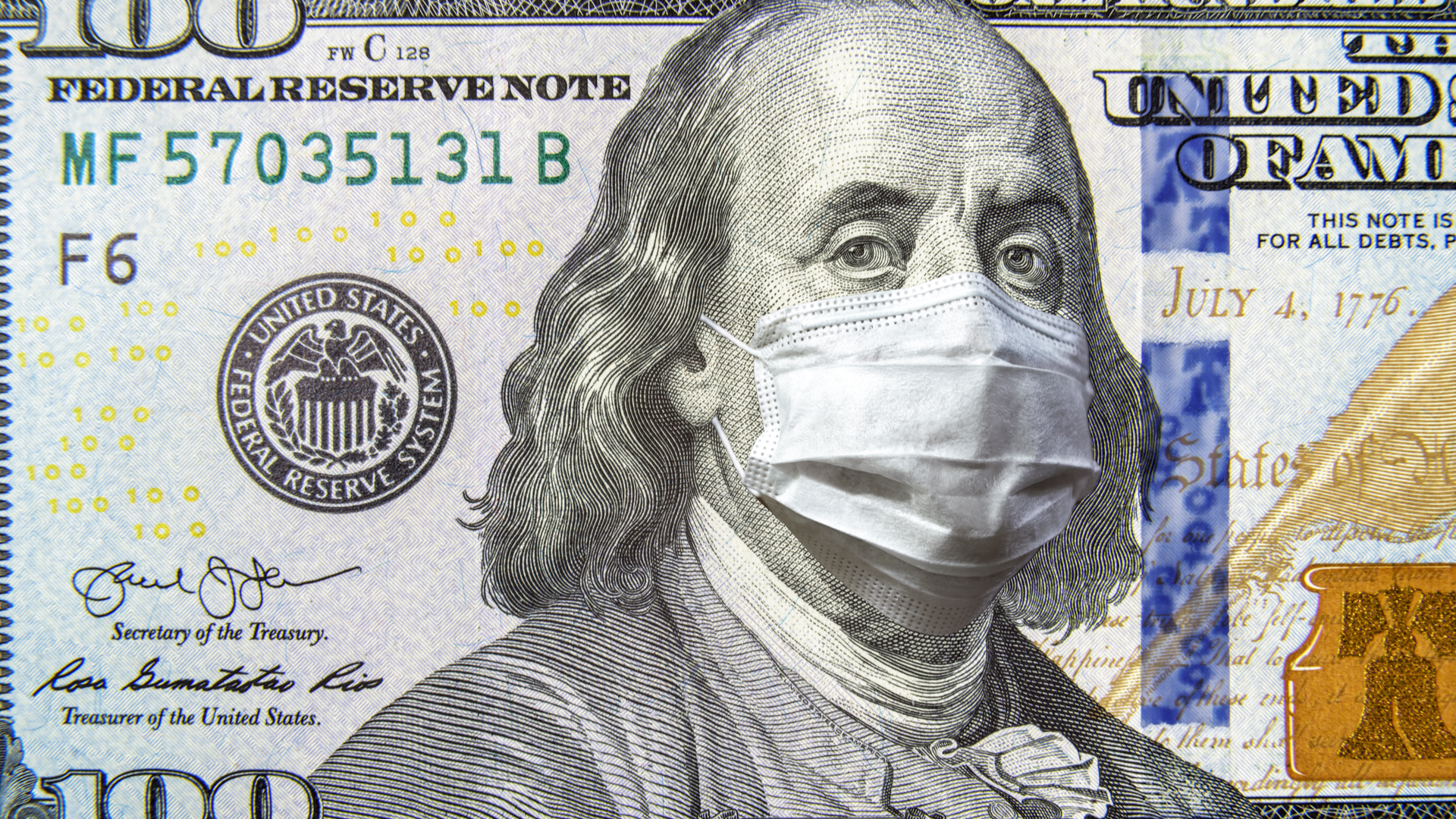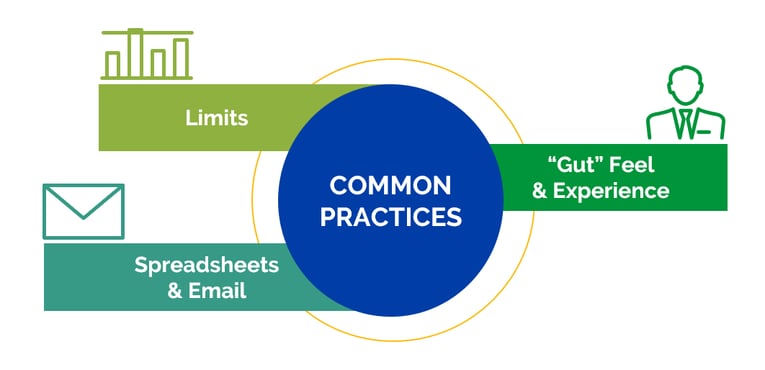Since the start of the COVID-19 pandemic, banks and credit unions have been facing a lot of uncertainty and new challenges in their day-to-day operations as well as future planning. Everything from implementing new remote work policies, branches closing their doors, to branch and ATM cash inventory management. This is the beginning of a new blog series we will be doing about cash supply chain management and the challenges facing financial institutions during the COVID-19 pandemic and beyond.
Did you know that in just the last few weeks there has been a 20 percent increase in cash demand? History shows that when there is a high level of uncertainty in a potential supply chain disruption, consumers tend to stockpile specific items including toilet paper and cash. News outlets have reported many consumers going to branches and withdrawing significant amounts of cash, thus drastically impacting a financial institution’s normal cash usage. Is your financial institution prepared for that now, or at any time again in the future? Prior to the COVID-19 pandemic, there were three main ways that banks and credit unions would order and deposit cash:
Using “Gut Feelings” or Experience
It is true that your branch managers with 10+ years of experience are extremely knowledgeable and well-versed in the inflow and outflow of cash at a specific branch. However, these are unprecedented times and we can’t rely on one person’s knowledge or experience for many reasons. What if that manager were to get sick? How will the bank or credit union figure out how much cash to order if their main knowledge source is unavailable? This is why we recommend a forecasting tool so that others who have less familiarity and knowledge have the ability to review past orders and current cash levels to place an accurate order for the branch.
Managing up to Limits
Another key cash management challenge revolves around setting, reviewing and adhering to cash limits. Financial institutions set upper-bound, maximum cash limits to guide managers against holding excess cash. While cash limits are necessary and good, there are two major drawbacks in their implementation: a) limits are held static over long durations and reviewed and reset only once or twice each year, and b) managers see the cash limit as a guide to how much cash they should hold, not as the high-water warning mark that it is supposed to be.
Per branch cash management best practices, a limit should never be set without considering usage. Since cash demands are fluid and constantly fluctuating, as in the case of the COVID-19 pandemic, limits are not a great tool to look toward when ordering cash during these unprecedented times. We recommend that a good way to determine the cash limit is to look at cash as inventory. For example, if deliveries happen once a week, you don’t want a limit that would cover 14 days of demand; instead, you want a limit that covers you for close to 9-10 days. In addition, management should set warning alerts at various thresholds that get triggered as a branch approaches its cash limit so branches don’t use the cash limit as their order amount, but as a high-water mark that they should never touch and only operate below.
Using Spreadsheets and Emails
Typically, most branches have their own systems for determining cash usage and needs, most commonly used are emails and spreadsheets. However, spreadsheets and emails can only get a bank or credit union so far during these unprecedented times. Not knowing what the future cash levels will be in the next 30, 60, 90 or even 365 days means that spreadsheets are practically rendered useless in predicting accurate usage for cash orders. We recommend that financial institutions take this time to evaluate not only how they are tracking cash usage, but also if they are ordering through a centralized or decentralized process.
At logicpath, we find that 50 percent of financial institutions order cash centrally, meaning one person manages all the cash orders for all the branches and ATMs/ITMs, and the other 50 percent order their cash through a decentralized process, meaning each branch is responsible for submitting their own cash orders. During the COVID-19 pandemic, we recommend banks and credit unions order their cash through a centralized process because it is not uncommon for branches to temporarily shut their doors, or for employees to get sick. In the event that this happens to your bank or credit union, would you know how to order cash for the lobby ATM/ITM? Also, to further the accuracy of the orders, we also recommend using a forecasting software that uses real-time analytics to determine the actual cash usage of each cash end point in a branch, including those lobby ATMs/ITMs.
As you can see, the old ways simply will not work anymore as we address current cash needs now, but also adjust to the “new normal” in the future we are yet to know. If you’d like to find out more information on how COVID-19 is impacting your branch and ATM cash, register for our on-demand webinar “Crisis Management and CASH: COVID-19 & Future Pandemic Planning” by clicking on the button below. This webinar is in partnership with Loomis and we will be providing a more in-depth look into pandemic planning guidelines, new regulatory changes and review effective ways to address the current cash management challenges to keep your financial institution's cash operations running efficiently.



